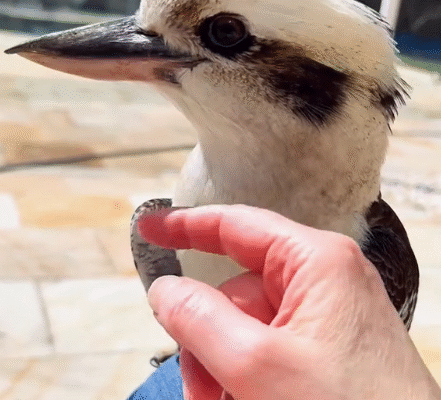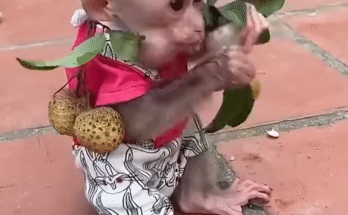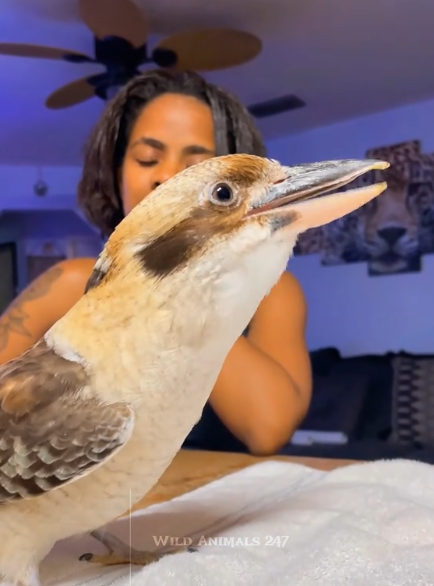
It was a peaceful Sunday morning in a quiet countryside town. The air was crisp, and the sun had just begun to rise, casting a golden hue over the fields. John, a retired teacher and avid nature enthusiast, was taking his usual morning walk along the wooded trail near his home. He enjoyed the stillness of the early hours—the gentle rustle of leaves, the songs of birds, and the occasional deer grazing in the distance. But today’s walk would be anything but ordinary.
As he approached an old fence lined with thick vines and wildflowers, John heard a frantic fluttering and high-pitched chirps. He paused and scanned the area. The sound seemed to come from a nearby bush tangled in rusty wire. Curious and concerned, he moved closer. There, caught between two sharp strands of barbed wire, was a small bird—likely a young sparrow—flapping its wings in vain, its tiny body shaking in fear.
John knelt down slowly, trying not to frighten the bird even more. Its wing was twisted awkwardly in the wire, and its beak opened and closed as it chirped pitifully for help. “Hang in there, little one,” John whispered gently, reaching into his backpack for a pair of gloves and a small multi-tool he always carried.
The rescue wasn’t easy. Every movement made the bird panic, but John worked patiently, softly humming and talking to calm it down. He used the tool to carefully unwind the wire, making sure not to injure the bird further. After several tense minutes, the bird was free, though one of its wings drooped sadly. It wouldn’t be flying any time soon.
John carefully cradled the bird in his gloved hands, wrapped it in a soft cloth from his bag, and hurried back home.
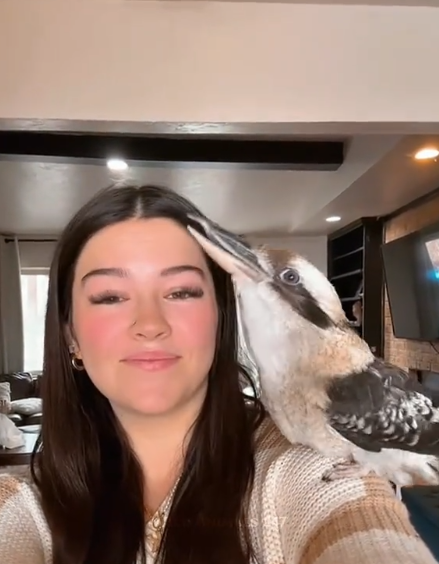
Back at his cottage, John made a cozy little nest in a cardboard box using an old towel. He called his neighbor, Sarah, a local veterinarian, and asked if she could come by. Sarah arrived within minutes. She examined the bird and confirmed that its wing was indeed injured but not broken beyond healing.
“He’s lucky you found him when you did,” she said with a smile. “Give him some rest, keep him warm, and I’ll bring you some medication to help with the swelling.”
John named the bird “Chirpy.” Over the next few weeks, Chirpy became a small but important part of John’s daily life. Every morning, John would prepare a small dish of water and seeds. He’d sit near the box, reading books aloud or playing soft classical music on his old radio. Chirpy, despite the injury, began to trust him—peeping happily when John entered the room, hopping onto his finger, and even taking short flutters around the living room.
Word about John’s kindness spread around town. Kids began to stop by after school to see the little bird, and John took the opportunity to teach them about animal care, empathy, and the importance of helping even the smallest creatures in need. It reminded him of his teaching days and brought a sense of joy and purpose back into his routine.
But the story didn’t end there.
One morning, about six weeks after the rescue, John noticed something unusual. Chirpy was no longer hopping or calling. He was standing perfectly still on the window sill, staring out. His wing had healed remarkably well, thanks to Sarah’s help and John’s care. It was as if he was waiting for something—perhaps the right moment.
John opened the window slowly.
“Go on, Chirpy,” he said softly. “You’re ready.”
For a moment, the bird hesitated. Then, with a burst of energy, Chirpy flapped his wings and soared out into the morning sky. John watched in awe and a little sadness as his tiny friend flew higher and higher, circling the house once before disappearing into the trees.
He didn’t expect to see him again.
A week later, as John sat on his porch reading, he heard a familiar chirp. He looked up, and there on the railing was Chirpy—with two other small sparrows fluttering behind him. Chirpy tilted his head, chirped once more, and flew to perch on John’s shoulder for a brief moment, as if to say “thank you.” Then he darted off again, leading his new companions back toward the forest.
From that day on, Chirpy and his little flock visited regularly. Every morning, they would land near John’s porch, pecking at seeds he left out and chirping joyfully. John began documenting their visits, taking notes and photos, eventually compiling them into a small book titled “The Sparrow Who Came Home.”
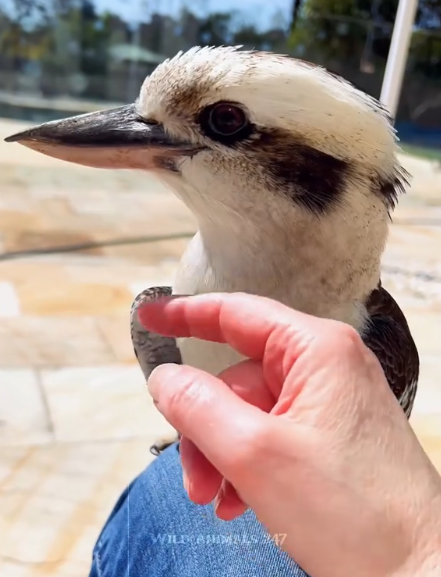
The story of John and Chirpy inspired many in the community. A group of students, touched by the story, began a project to build bird feeders and shelters around town. Sarah and John held weekend workshops teaching animal first-aid and wildlife awareness. What began as a simple act of kindness grew into a community movement—The Chirpy Project—dedicated to rescuing and rehabilitating injured birds.
Local newspapers caught wind of the story, and soon John found himself being interviewed, though he always remained humble. “I just helped a little bird,” he would say, brushing off praise. But those who knew him understood that it was never just about one bird—it was about compassion, patience, and the ripple effect of a kind deed.
Months passed, and seasons changed, but Chirpy remained a constant. Sometimes he came alone, sometimes with a larger flock. Sometimes he simply sat by the window and chirped until John opened it. Their bond never faded.
One winter day, John sat by the fire, watching the snow fall. A small shadow flickered outside the frosted window. He smiled and opened the curtain. There was Chirpy, wings dusted with snow, looking at him as if to check in. He stayed for a while, then disappeared into the white sky.
John knew then that no act of kindness ever goes unnoticed, no matter how small.
And all it took was a moment of care, a pair of gentle hands, and a willingness to help.
It all began when a man rescued a stuck bird.
And then… the world changed, one feather at a time.
